



An interview with Mr. Tauseef Ahmed Mirza, Director, Mirza International Limited
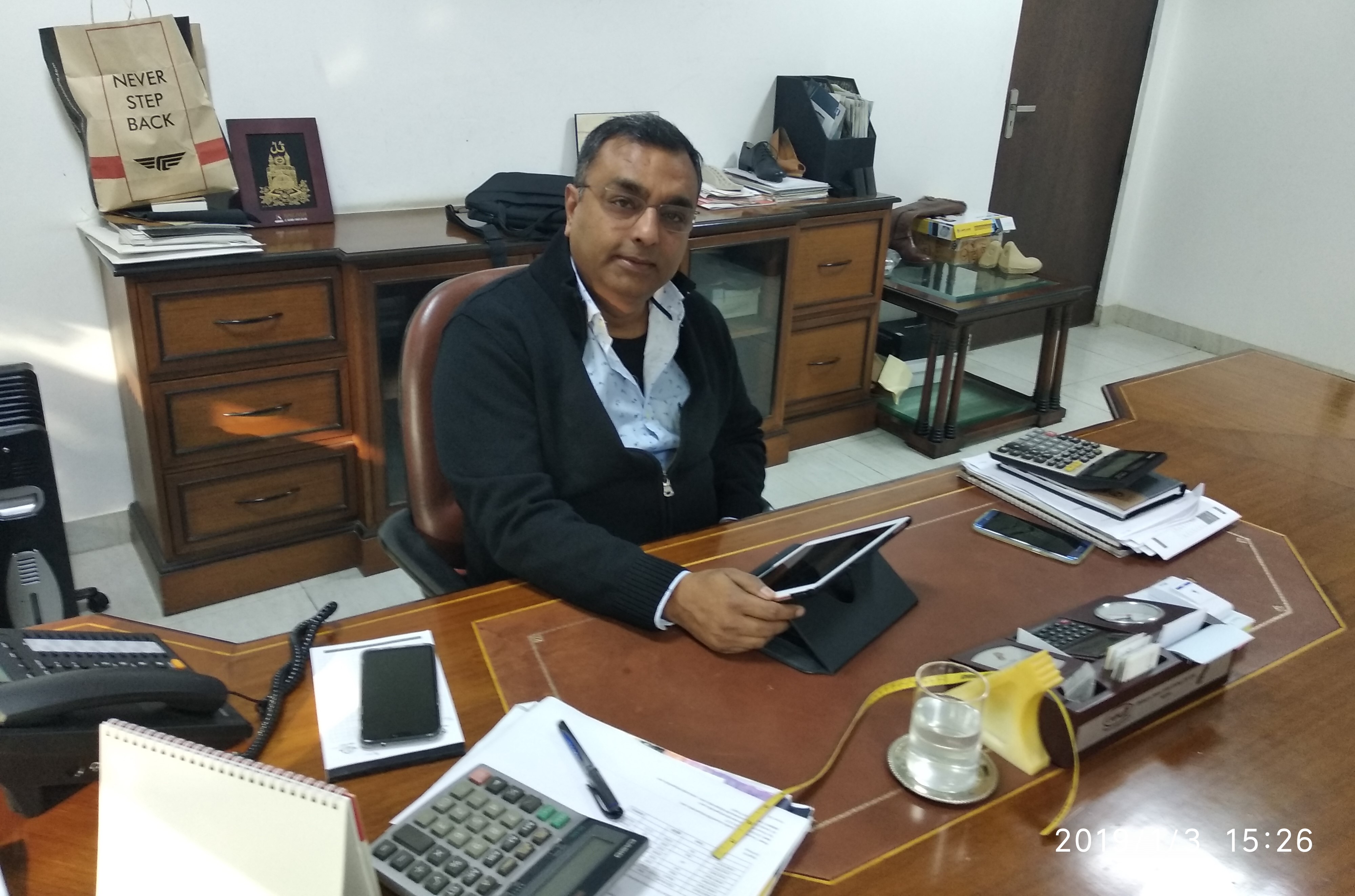
To be successful in the leather industry, a holistic strategy to produce and sell various products in domestic and global is a prerequisite. Mirza International Limited, India’s leading producer of leather footwear and finished leather has their presence across 30 countries with state-of-the-art company owned facilities. With design, innovation and brand building as key parameters for customer engagement, Mirza International has set high standards for professional culture with trust and customer commitment. We spoke with Mr. Tauseef Ahmed Mirza, Director, Mirza International Ltd, to learn about many aspects of their business and global impact.
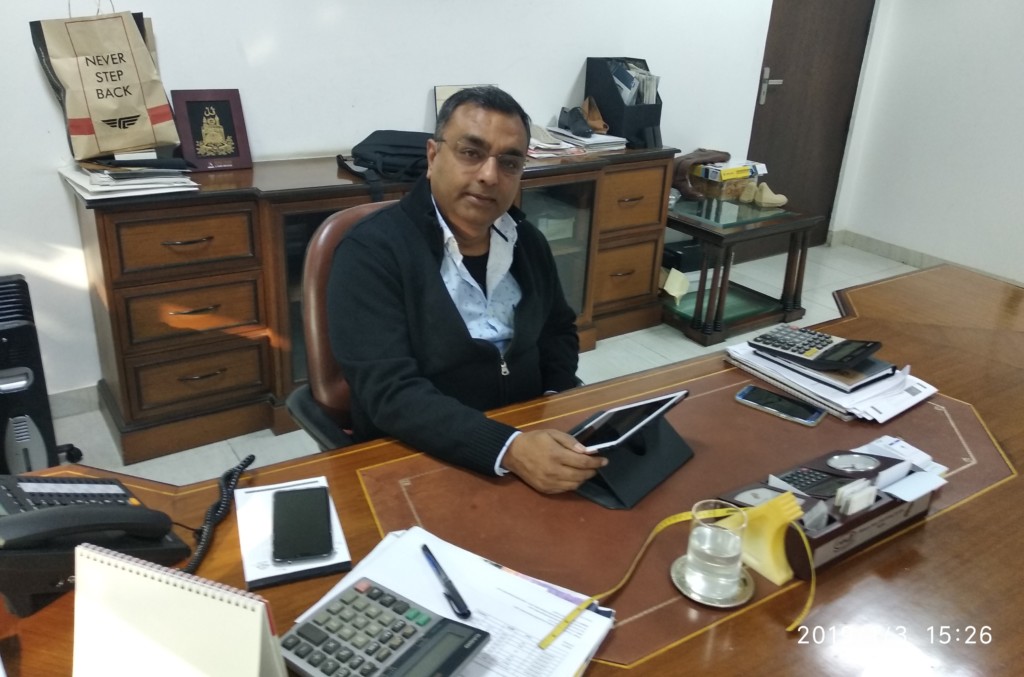
Creating a delightful customer experience
Our knowledge of styling, fashion trends and products that sell internationally form the basis on which we design our products. The data is collected from our sales and this knowledge is used to study customer preferences. Our product range is very wide and diverse spreading across men, women and children. We cater to the mid and upper tier of the market primarily in Europe, America and India, in addition, we have smaller markets in eastern Europe, Middle East and South Africa. The category of footwear we work with is mainly casual, formal and semi sport urban wear collections. We have a very strong research and fashion forecasting team that travels around the world to major fashion destinations like New York, London, Milan, Amsterdam, Hong Kong and Tokyo.
To meet international standards, we have a very strong marketing and strategy team as well as quality control team. The marketing strategy team defines the standards and quality control team follow and control the standards. This forms a key principle of our policy based on a deep understanding of the meaning of acceptable quality and standards.
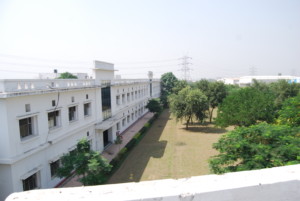 The success story of Red Tape shoes
The success story of Red Tape shoes
There are many factors for the success story of red tape and it goes back to the tradition of maintaining quality and seriousness of customer commitments which has lead to reputation building of the brand over the last 25 years. The first factor is the freshness and newness of design on which the company spends a lot of resources to bring new trends and new designs to the market on a daily basis. Then comes the development of the formidable sales force along with heavy investment in the last mile infrastructure of online distribution warehouses and finally retail stores. Another important factor is the customer experience inside the store as well as buying online.
Challenges of footwear retailing and building capacity
Your product should score well on aesthetics and technically it should of great quality. Let the product do the talking! Retailers can’t afford to send the customer back and they have to come with new concepts to increase their sales. This is very crucial in building capacity. However, there is never a right capacity as when the going is good, one would find that there is not enough points of sale counters and would therefore, work on adding new counters and additional channels of sale. We have a very proactive sales department divided into 2 sections, where one section works on sales growth and the other works on development of new channels.
Attracting and retaining the right talent and importance of training
Identifying the rightly skilled talent is a continuous process and our HR team recruits trainees on a regular basis. We have a robust and interactive company administration which looks into the staff welfare, which in-turn helps in retaining the talent. Industry has to come forward to participate in many skill-based training initiatives to ensure greater productivity. We have been training our workforce on the shop floor and it has been an integral part of our policy. We are now extending it by collaborating with FDDI to set up the training schools within the factories and for re-skilling and up-skilling we will seek support from LSSC.
Impact of technology and automation
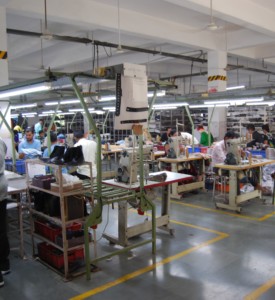 Technology should increase productivity and complement manual output. For instance, cutting and stitching processes are automated to improve productivity. However, there hasn’t been much of serious automation or new technologies in the leather industry in the last 30 years. Major commercialization of the technology happened in this sector in the late 80s and since then there have been minor improvements. It’s only now that some serious technological advancements are being experimented in the leather industry and the results of those improvements are yet to be seen.
Technology should increase productivity and complement manual output. For instance, cutting and stitching processes are automated to improve productivity. However, there hasn’t been much of serious automation or new technologies in the leather industry in the last 30 years. Major commercialization of the technology happened in this sector in the late 80s and since then there have been minor improvements. It’s only now that some serious technological advancements are being experimented in the leather industry and the results of those improvements are yet to be seen.
At the same time, we have to understand that, leather being a natural product, has many limitations with technology as each skin is different from the other and a shoe or a handbag requires demonstration of manual craftsmanship as opposed to machine made craftsmanship which offers point of differentiation in its ability to sell. Demand for new skills and knowledge is always there and we need to build the confidence of the new generation to build a career in this industry.
Advice to new and young entrepreneurs
I believe the true spirit of an entrepreneur is when, he or she is not really looking for too much of government support apart from development of infrastructure. I would definitely advise new entrepreneurs to come to this industry but before doing that they should have some work experience of at least 5 years especially on the product front. Before jumping into this industry, they must have a clear understanding of the product and the market where they are going to sell before setting up any production facility.
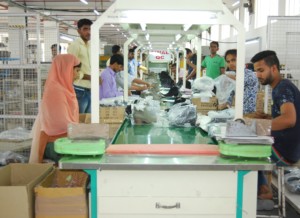 Leather industry has a huge potential to create jobs locally and reduce migration, in fact, its potential is probably one of the biggest after garment industry. But, it needs to be supported with training infrastructure and rational control over minimum wages plus availability of easy finance and/or leasing of machinery and equipments by the banks or specific industry development institutions.
Leather industry has a huge potential to create jobs locally and reduce migration, in fact, its potential is probably one of the biggest after garment industry. But, it needs to be supported with training infrastructure and rational control over minimum wages plus availability of easy finance and/or leasing of machinery and equipments by the banks or specific industry development institutions.
Government should provide access to microfinance, lease machinery to reduce investment; entrepreneurs should focus on the factory and product and they should know that it takes time to build the brand. The commitment has to be demonstrated. India is a large country with a large market. We can fight competition with support from the government. To double the exports we need more raw material, better infrastructure like industrial parks, pollution treatment plants, promote animal husbandry, breeding buffaloes. Clusters should be in proximity to the leather industry, for example, tannery cluster should be outside Ambur and not in Haryana.
Maintaining eco-friendly production environment at factory premises
We comply to measure social and ethical standard setup by the various agencies across the globe, in addition we also comply to restrictive substances use of REACH Norms from Europe as well as Proposition 65 from USA. We have state of the art, secondary effluent treatment plant for a large capacity of 1.65 MLD at our tannery premises at Unnao. In addition, we also dispose off our solid effluent through incineration companies in and around our shoe factories. We have adopted the highest health and safety standards and all ethical trade practices as per the ETI base code.